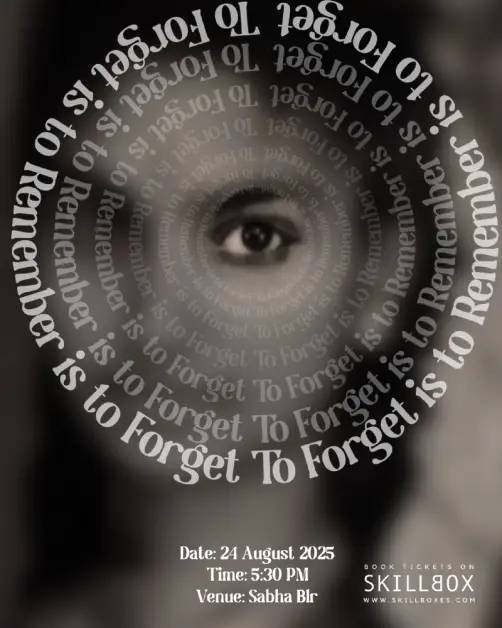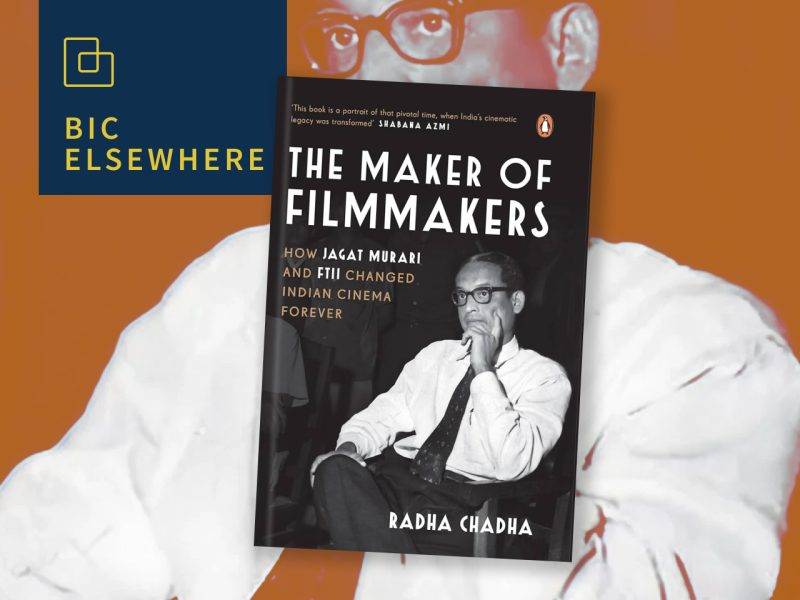To Forget is to Remember is to Forget

Details
Aug 24 2025 to Aug 24 2025 5:30 p.m.
EVENT HAS ENDED
Price: 499 Book/Buy
Where
Sabha Blr
No.44/A, Kamaraj Road, Bharati Nagar, Shivaji Nagar, Bengaluru 560042
Event Description
To Forget Is To Remember Is To Forget by Nimi Ravindran is an exhibition-performance that attempts to trace layered relationships between memory, mirror, mind and mother. Through visual and sound installations, video, photography, print, and performance, the show reimagines the idea of the inheritance of loss. Part funny, part poignant, the piece also harks back to gentler times, and what it meant to grow up in the 80s.




